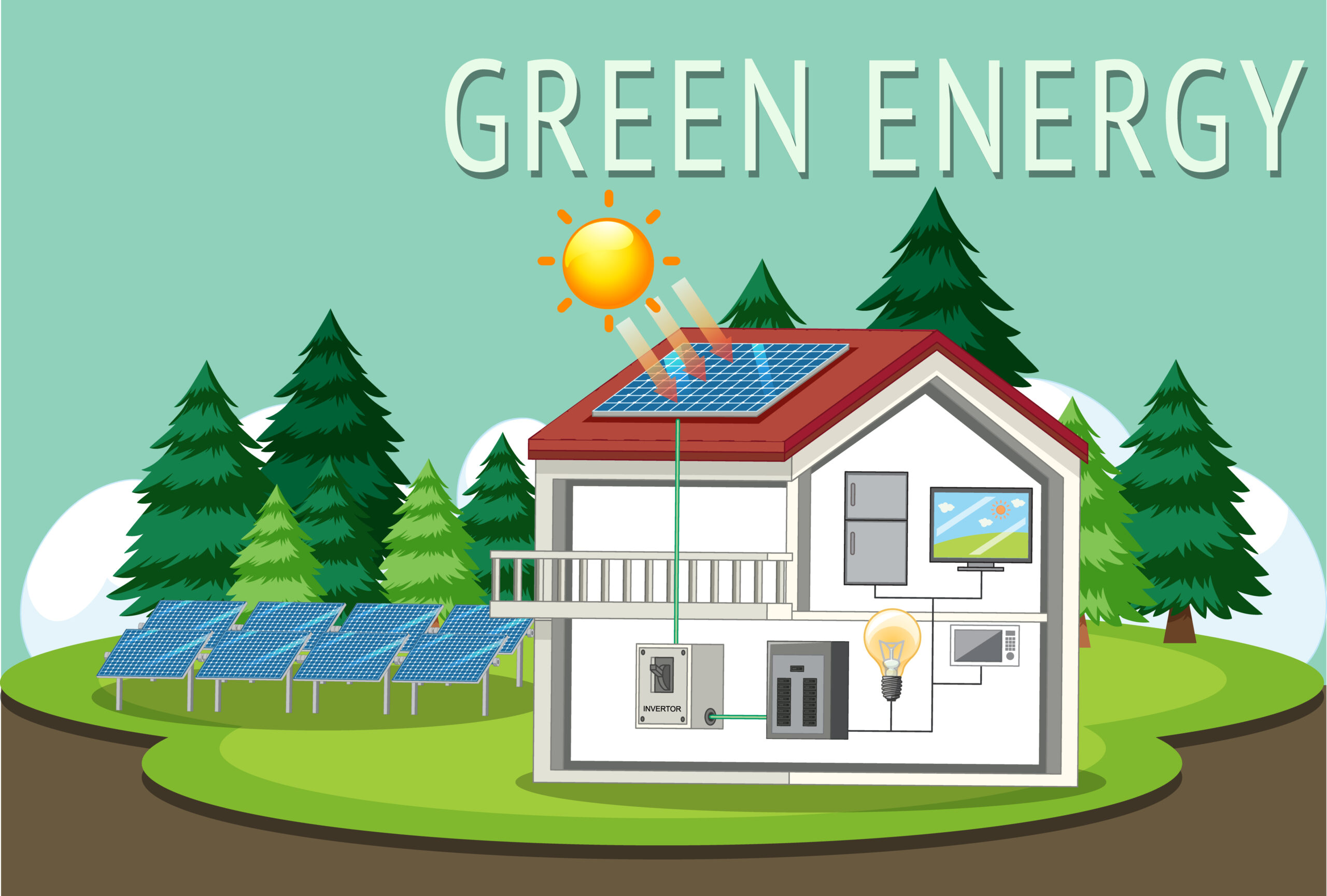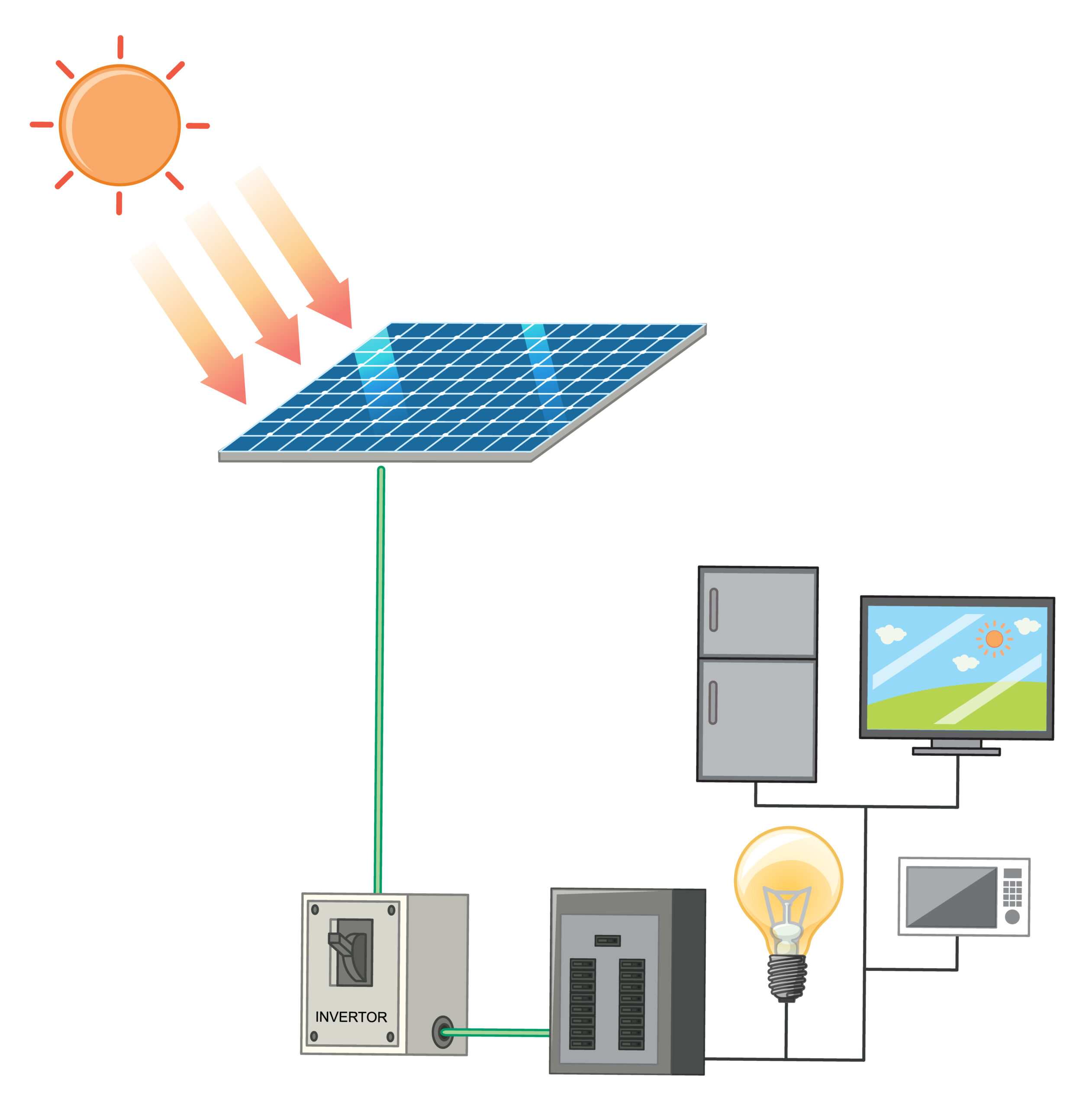Off Grid Solar System Cost have gained significant popularity in recent years as an environmentally friendly and sustainable energy solution. These systems allow individuals and businesses to generate their electricity independently, without relying on traditional power grids. However, one of the primary concerns for many people considering off-grid solar systems is the cost involved. In this article, we will delve into the factors that influence the cost of off-grid solar systems and provide you with a comprehensive understanding of the expenses involved.
System Size and Power Requirements
The cost of an off-grid solar system is primarily determined by the system size and power requirements. The size of the system is measured in kilowatts (kW) and is determined by the amount of electricity you need to generate to meet your energy needs. The more power you require, the larger the system size and, consequently, the higher the cost.
Solar Panels

Solar panels are the heart of any off-grid solar system. The cost of solar panels depends on various factors such as their quality, efficiency, and brand. Higher-quality panels generally have a higher upfront cost but offer better performance and durability over time. The number of solar panels required will depend on your power requirements and the amount of sunlight available at your location.
Batteries and Energy Storage
Off-grid solar systems require batteries or energy storage solutions to store excess energy generated during the day for use during the night or when sunlight is not available. The cost of batteries depends on their capacity, lifespan, and technology. Lithium-ion batteries are commonly used due to their high energy density and longer lifespan, albeit at a higher cost compared to lead-acid batteries.
Charge Controller and Inverter
A charge controller regulates the charging and discharging of the batteries, ensuring they are not overcharged or completely drained. An inverter, on the other hand, converts the direct current (DC) electricity generated by the solar panels into alternating current (AC) electricity suitable for powering your appliances. The cost of charge controllers and inverters depends on their capacity, efficiency, and features.
Mounting and Installation
The installation cost of an off-grid solar system includes the labor charges for mounting the solar panels, installing the batteries and other components, and wiring the system. The complexity of the installation, accessibility of the site, and local labor rates can influence the overall installation cost. It is advisable to hire a professional installer to ensure a safe and efficient installation.
System Monitoring and Maintenance
To ensure the optimal performance of your off-grid solar system, it is essential to monitor its operation regularly. Some systems include monitoring devices that track energy generation and battery storage levels. Additionally, periodic maintenance, such as cleaning the solar panels and inspecting the components, is necessary to maximize the system’s lifespan. These monitoring and maintenance costs should be considered when calculating the overall cost of an off-grid solar system.
Financial Incentives and Rebates

When considering the cost of an off-grid solar system, it’s essential to explore the available financial incentives and rebates that can help offset the initial investment. Many governments, utility companies, and organizations offer incentives to encourage the adoption of renewable energy. These incentives may include tax credits, grants, low-interest loans, or feed-in tariffs. Research and inquire about the incentives applicable to your location, as they can significantly reduce the overall cost of your off-grid solar system.
Lifecycle Cost Analysis
While the upfront cost of an off-grid solar system may seem high, it’s crucial to conduct a lifecycle cost analysis to understand the long-term financial benefits. Off-grid solar systems have a relatively low maintenance cost compared to conventional power systems, and the fuel source (sunlight) is free and abundant. By evaluating the system’s lifespan, estimated energy savings, and potential resale value, you can determine the overall cost-effectiveness and return on investment of your off-grid solar system.
System Scalability and Future Expansion
Another factor to consider when assessing the cost of an off-grid solar system is its scalability and the possibility of future expansion. Your energy needs may change over time, so it’s advisable to choose a system that can be easily expanded to accommodate increased power requirements. Investing in a slightly larger system upfront can save you money in the long run by avoiding the need for significant upgrades or additional installations down the line.
Comparison Shopping and Obtaining Multiple Quotes
To ensure you get the best value for your off-grid solar system, it’s essential to shop around and obtain multiple quotes from reputable solar installers. By comparing different offers, you can evaluate the pricing, components, warranties, and installation services provided. Be cautious of unusually low-cost options, as they may compromise the quality of the components or the expertise of the installer, which could lead to performance issues or higher maintenance costs in the future.
Long-Term Energy Savings
Although off-grid solar systems require an initial investment, they can lead to substantial long-term energy savings. By generating your electricity, you reduce or eliminate your dependence on expensive utility bills and volatile energy prices. Over time, these savings can offset the upfront cost of the system and provide a significant financial advantage. It’s crucial to factor in long-term energy savings when assessing the overall cost of an off-grid solar system.
Conclusion
Understanding the cost of an off-grid solar system requires considering various factors such as system size, solar panels, batteries, charge controllers, installation, monitoring, and maintenance. Additionally, exploring financial incentives, conducting a lifecycle cost analysis, and considering scalability and future expansion are important steps in determining the true value of your investment.
While the initial cost may seem significant, it’s crucial to recognize the long-term benefits of energy independence, reduced carbon footprint, and potential financial savings. Consult with professionals, gather multiple quotes, and assess the available incentives to make an informed decision and embark on your journey towards a sustainable and self-sufficient off-grid lifestyle.
Last but not least, Off-grid solar systems offer numerous benefits, including energy independence, reduced carbon footprint, and potential cost savings in the long run. While the upfront cost may seem significant, it is important to consider the long-term savings and environmental advantages that these systems provide.
When estimating the cost of an off-grid solar system, factors such as system size, solar panels, batteries, charge controllers, inverters, mounting and installation, and system monitoring should be taken into account. It is recommended to consult with a reputable solar installer who can assess your energy needs, evaluate the site feasibility, and provide a customized quote based on your requirements.
Remember, investing in an off-grid solar system is not just a financial decision but also an investment in a sustainable and eco-friendly future.
